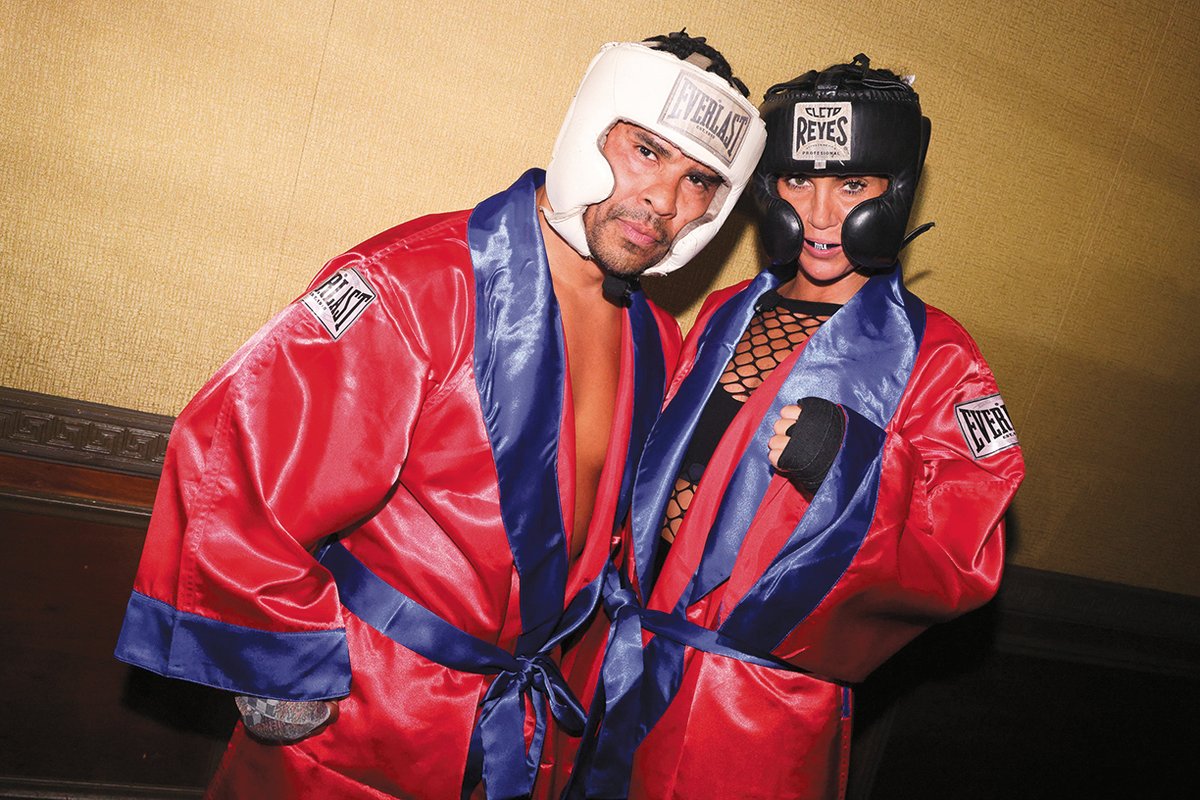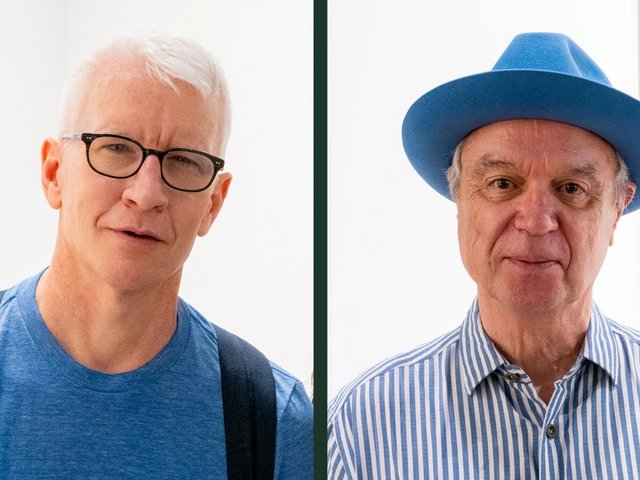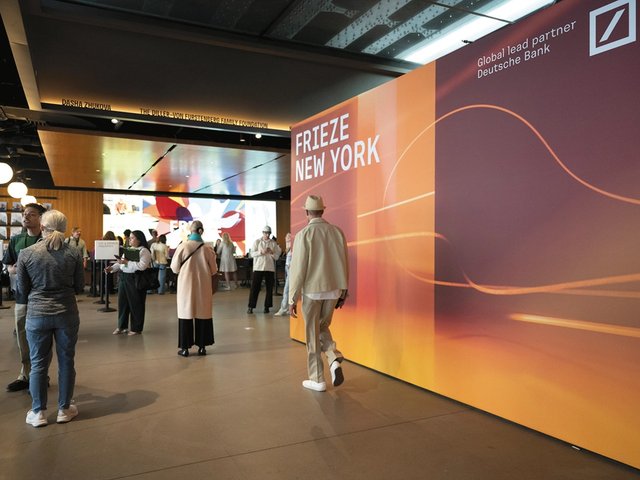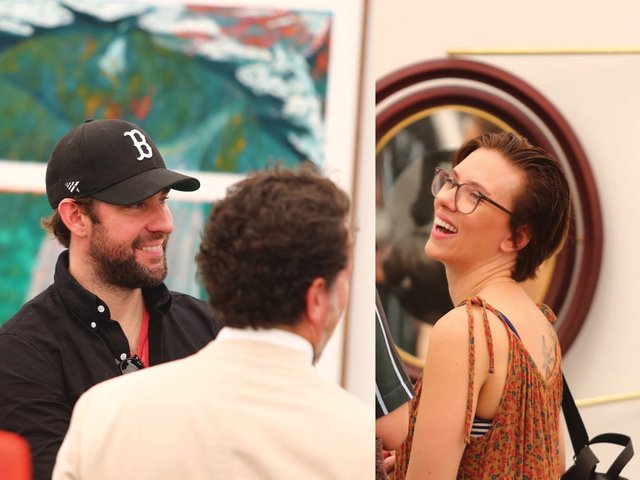Blood on the dance floor
A knockout event took place this week at the Prince George Ballroom—literally, as artists took to the boxing ring for the Round Ten event marking the tenth anniversary of the Cultivist art members’ club. Highlights of the evening included a poetic choreographed joust between Caleb Hahne Quintana and Rogelio, which the judges deemed “fierce” on a series of 1980s ballroom scene-style flashcards. But the marquee battle of the night was between Shaun Leonardo and Cheryl Pope, who traded jabs and hooks at the Cultivist’s first-anniversary bash in 2016. The biggest shocker, however, was seeing the artist Jesus Benavente as the “round person”, becoming bloodier and nuder as the rounds progressed.
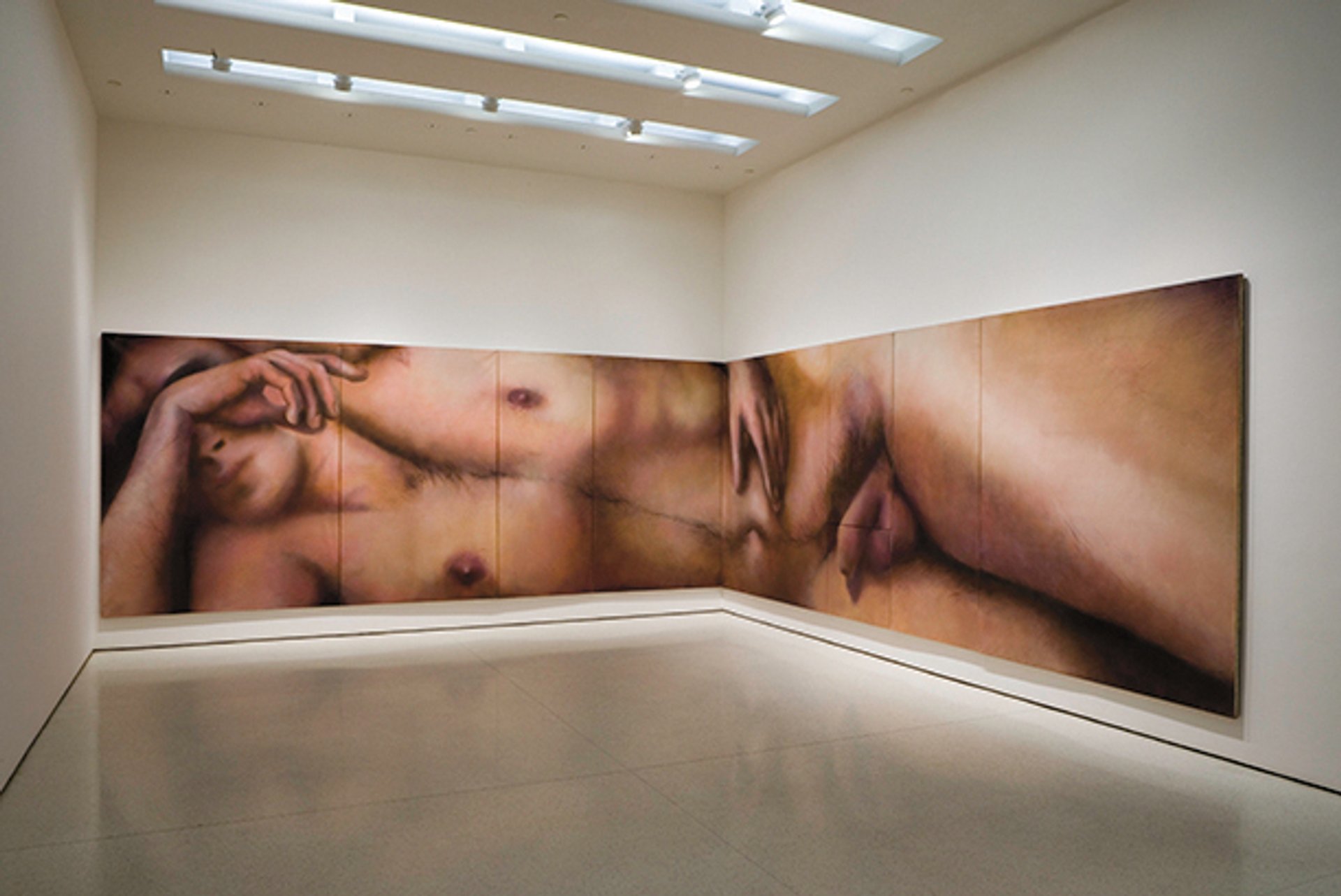
It’s not his eyes that follow you round the room: Stevenson’s The New Adam Courtesy the Solomon R. Guggenheim Museum
In-your-face Surrealism
One of the most anticipated autumn shows in New York is Sixties Surreal (24 September-19 January 2026) at the Whitney Museum of American Art, featuring more than 100 artists. One of the era’s most underrated (and startling) works—a 40ft-wide male nude—is on its way to the Whitney for the show. Harold Stevenson’s The New Adam (1962) is spread over nine panels, with the male figure “precisely and sensually rendered in full anatomical detail”, according to the Guggenheim, which owns the work. (The male appendage is shown in all its glory.) To see a Stevenson piece up close, head to Andrew Kreps gallery at Frieze New York, which is showing Untitled (Hand sign language) (1967).
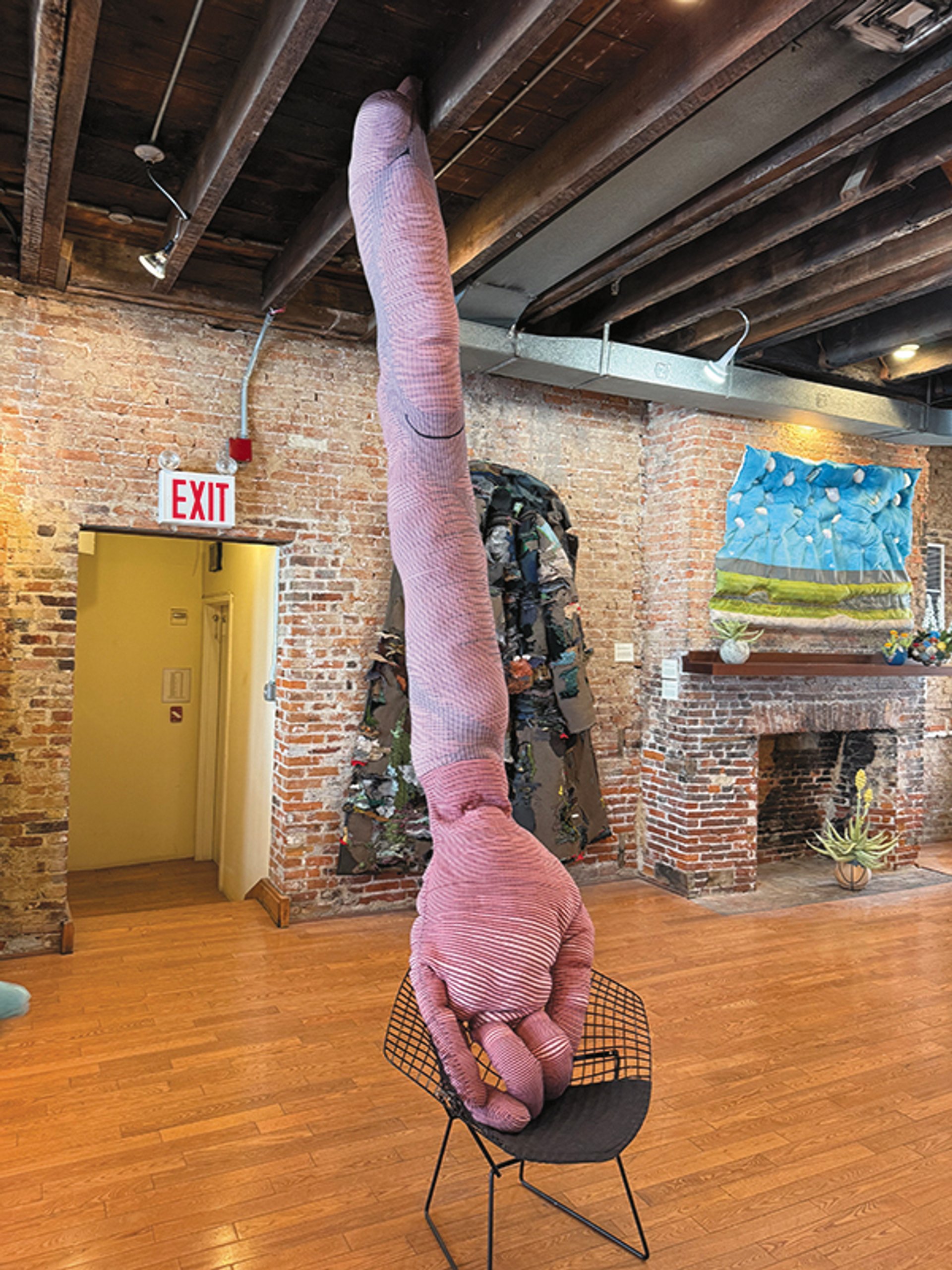
Who doesn’t love a big arm? Felix Beaudry says Put evokes “a big hug” Gareth Harris
Threaded together
One of the best things about The Golden Thread 2, a pop-up exhibition of innovative textile art in the historic South Street Seaport (until 16 May), are the accompanying wall texts that tell interesting backstories with colourful details. A huge pink arm—Put (2024) by Felix Beaudry—dominates one of the vast gallery spaces. “I like a big arm, because it implies, and occasionally executes on, a big hug,” Beaudry writes in a frank (and rather cuddly) text. Others are more poignant. Trish Tillman’s says, for instance, that her work, The Location of Your Grief (2025), is inspired by “the essence of my grandparents’ basement bar: a place of solace and discovery in my youth”. The eye-catching, engrossing show is staged by BravinLee Programs.
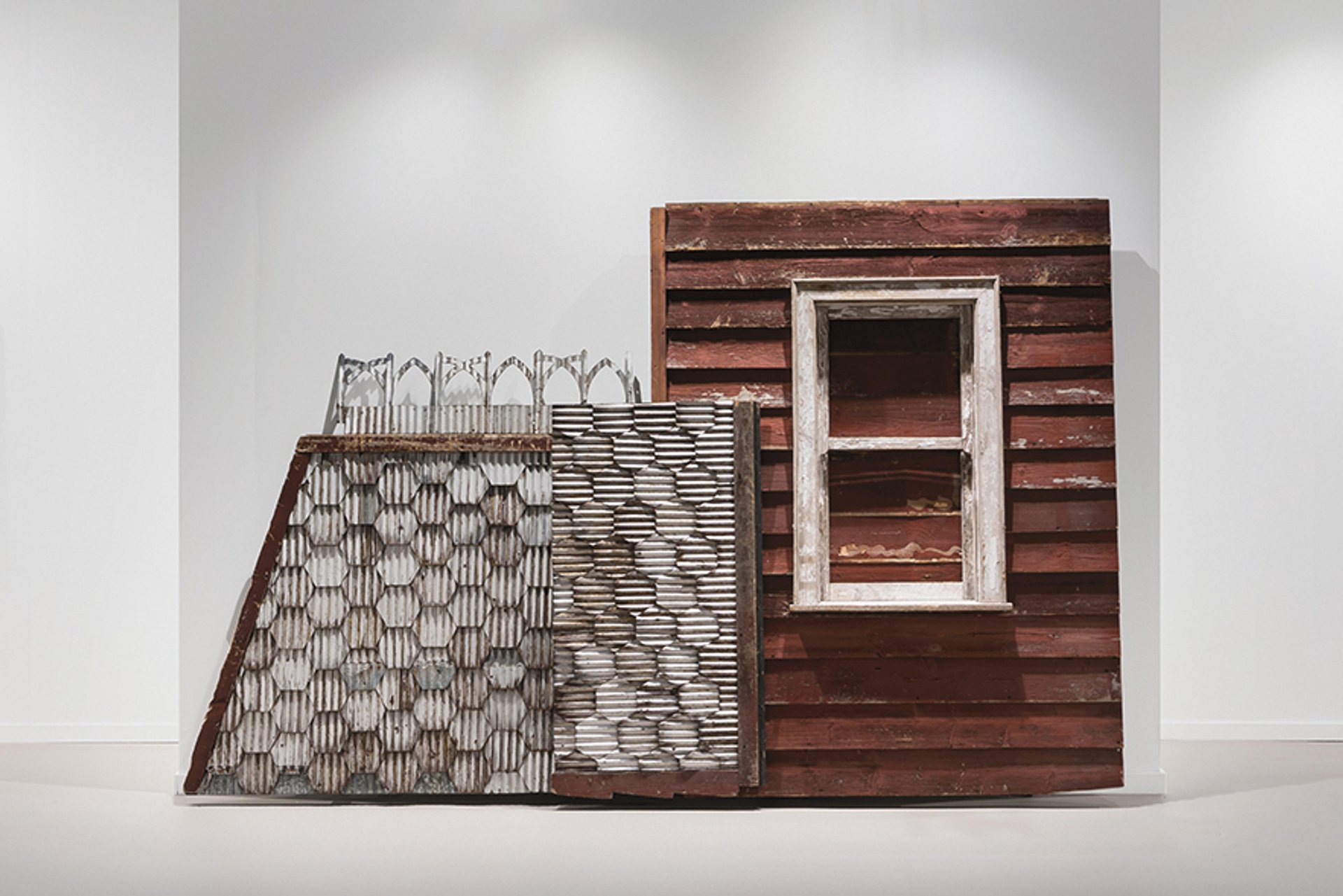
Stay out of the basement: PsychoBarn (Flotsam) is inspired by Norman Bates’s gloomy mansion Photo: Mark Blower; courtesy the artist and Frith Street Gallery, London
Parker downsizes
Fans of Alfred Hitchcock’s Psycho (and the British artist Cornelia Parker) may recognise a striking item on the stand of Frith Street Gallery at Frieze. PsychoBarn (Flotsam) (2024) was created from elements of Parker’s large-scale piece Transitional Object (PsychoBarn), her rooftop commission for the Metropolitan Museum of Art in 2016. For that piece, Parker used wood from an upstate New York barn to evoke Norman Bates’s creepy mansion from Hitchcock’s epochal 1960 movie. In an ingenious example of upcycling, she continues to use parts of the structure to create other works and installations. “It’s a piece that began life in New York, a city to which it has now returned,” says a gallery spokesperson. What goes around comes around.

Someone's having a laid-back Frieze week: Chantal Joffe's depiction of art-world stalwart Hettie Judah in Hettie in the Summer (2024) Gareth Harris
The writer’s on the wall
Eagle-eyed journalists at Frieze may have recognised one of their tribe hanging on the walls of the fair. At Victoria Miro’s stand, a painting by Chantal Joffe called Hettie in the Summer (2024) shows a radiant lady bedecked in a fetching bikini, lounging on a sea of foliage. The sitter is the British art critic and curator Hettie Judah, who tells us: “I first sat for Chantal when I was 19 in Glasgow. I think it’s very important for middle-aged bodies to be visible in art as well as young ones!” Joffe likes painting esteemed writers, also capturing on canvas the novelists Olivia Laing and Sally Rooney.
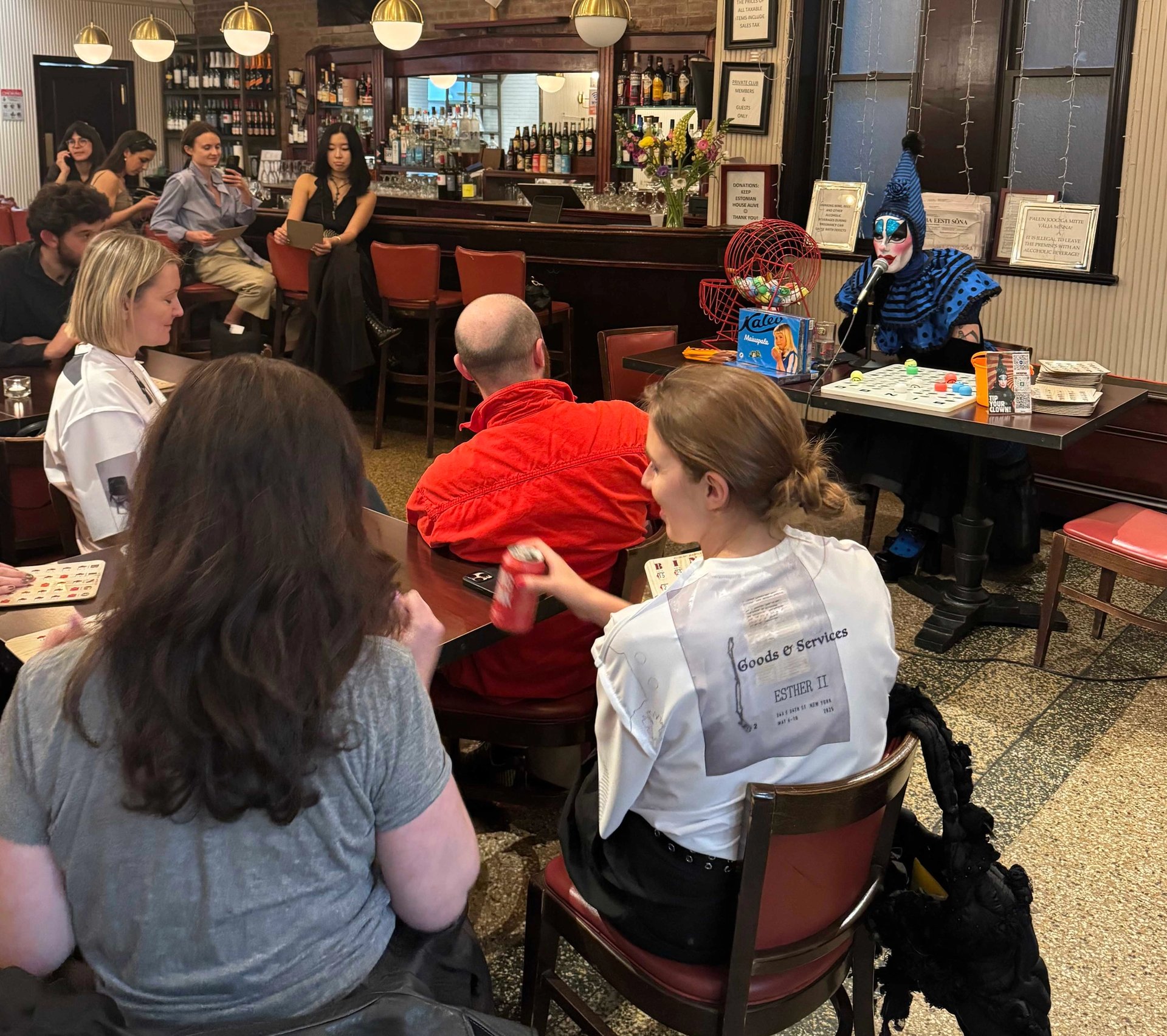
Full (Estonian) House: drag clown Tillie oversaw bingo with a distinct Baltic flavour Courtesy Esther
Clown bingo is no drag
Visitors to the Esther fair at the Estonian House were in for a special treat this week when Tillie the Drag Clown hosted their own (very) special version of bingo, “featuring special Estonian prizes you never knew you needed”, according to the fair’s organisers. “The evening went well: gallerists, artists and visitors mingled over a few sessions of bingo, with prizes including Estonian chocolate and an umbrella branded with New York Estonian House, while seljanka (meat soup) and potato salad were on offer from the restaurant,” says a fair spokesperson. Bingo has never been so tasty—or entertaining.


